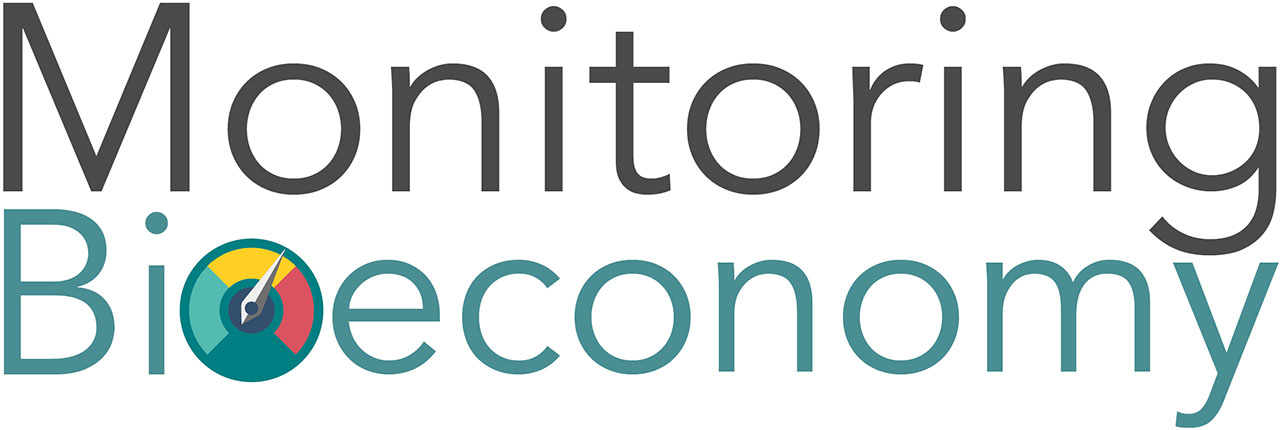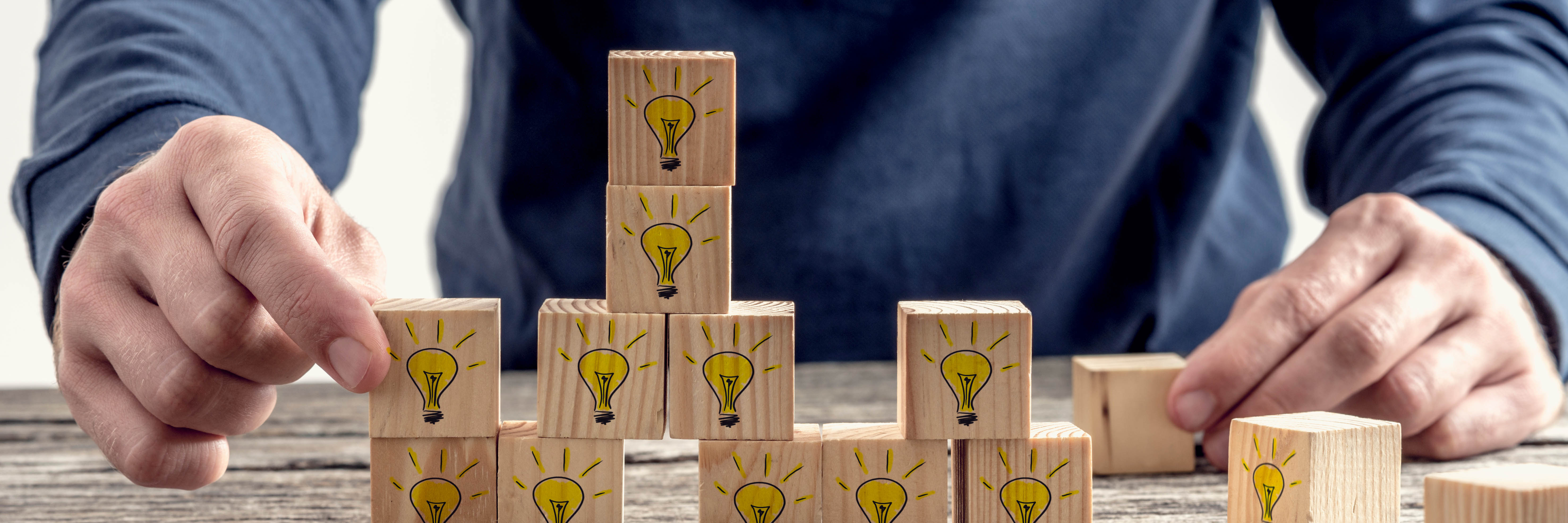What are relevant types of innovation for the bioeconomy transition? I How is innovation in the bioeconomy monitored? I How is innovation analysis used to contribute to a sustainable bioeconomy? I What are the limitations? I Case studies
What are relevant types of innovation for the bioeconomy transition?
Innovations in the bioeconomy are regarded as essential to being able to achieve multiple aims — enabling the use natural resources in a sustainable way, ensuring food security and maintaining international competitiveness. Different types of innovations are relevant for the transition to the bioeconomy.
These types comprise innovations [1][2][3] that:
- are used to probe biological systems and deepen our understanding of their components and functions, as well as tools to engineer these biological systems on demand for desired functions (e.g. new enzymes, novel microbial cell factories, Lab-on-a-chip, genome editing),
- improve the availability of sustainably produced biomass (e.g. increasing and maintaining soil fertility, advances in breeding and plant cultivation, pretreatment of lignocellusoic feedstock)
- enable to substitute fossil-based products by bio-based products (e.g. bioethanol for biofuels; bio-based feedstock for biopackaging)
- enable the provision of new products with superior functions. (e.g. plastic-degrading enzymes, biopharmaceuticals, low-emission bio-based construction materials)
- enable new processes for circular economy flows (e.g. plastic degrading enzymes, biowaste-using processes) in how biomass-based products are used, and repaired and re-used in daily life to system innovations affecting resource flows through production and consumption systems (e.g. social innovations such as food sharing, reduced waste generation).
How is innovation in the bioeconomy monitored?
Innovation at a country level is usually monitored by assessing the inputs (e.g. indicators on R&D spending and investments), activities (based on surveys), outputs (like new products and services) and outcomes (on overarching socio-economic and environmental indicators)[4][5].
For the bioeconomy, the challenge is distinguishing the parts of the economy that belong to the “bio-economy”. This can be done e.g. by defining “bio-based shares” on a sectoral level or defining a delineation for the bioeconomy in databases, such as for bibliometrics, patent analysis, R&D funding databases or firm databases. Regarding the market uptake of bio-based innovations there are surveys or in-depth analysis – next to commercial market reports that are offered for many segments, but noting that the quality is hard to judge – for a few markets. Examples are market and production capacities analysis for various types of bio-based plastics [6] or analysis for the biochemical industry [7]. In addition, a series of EU studies [1],[8][9] have identified important innovations including the development status of biorefineries for the European Union and partly backed up with some indicators, such as stage of development status (“Technological Readiness Scale”), patents or publication analysis case studies that build on qualitative information and partially some of the named quantitative indicators.
While there is not, yet, sufficient data for a comprehensive assessment of bioeconomy innovation on a country level, the existing information indicates that there are significant innovation activities and human resources active in the bioeconomy in Germany. There are innovations in the pipeline for novel applications that currently use fossil resources, however the market adoption of new innovation is yet limited.
How is innovation analysis used to contribute to a sustainable bioeconomy?
Innovation is at the heart of achieving the vision of a circular and sustainable bioeconomy. Better monitoring of where and how innovation is happening allows more in-depth analysis of the status and development of innovations, potential impacts as well as drivers and barriers. In this way, leverage points can be identified to support scaling-up innovation by either removing hindrances (including lock-ins, skill-sets, financial and regulatory roadblocks) or supporting factors that encourage and incentivize innovation (e.g. in public procurement, customer awareness, market regulations, etc.).
What are the limitations?
Innovation alone is not the answer, especially if it increases the use of biomass in the bioeconomy beyond levels which can be supplied sustainably and within the planetary boundaries. Due to the need to substitute biomass for pollutive and carbon-intensive resources in multiple sectors, technical innovation is essential to adapting and revolutionizing production. However, it is highly important that efficient value chains are established with a sustainable production of biomass and avoidance of overuse, as well as efficient logistics and industrial conversion. Moreover, technological innovation must be accompanied by changes in behavior – social innovation—to eliminate wasteful practices and social norms of excessive consumption. Both go hand-in-hand toward promoting innovation toward a successful transition.
Case studies
Coming soon (In the Symobio 2.0 project a set of case studies for selected innovation fields will be conducted, which aim to provide more insights to the elaboration of innovation indicators and integration of results into modeling, the analysis of innovation patterns and the economic, ecologic and social impact of these innovations. The links will be provided here when published.)
Notes and references
- Wydra et al. (2021). Life and biological sciences and technologies as engines for bio-based innovation. doi: 10.2777/046454.
- Bröring et al. (2020). Innovation types in the bioeconomy. Journal of Clean. Product. doi: 10.1016/j.jclepro.2020.121939.
- Stark et al. (2022). Sustainability implications of transformation pathways for the bioeconomy. Sustain. Product. And Consumpt. doi: 10.1016/j.spc.2021.10.011.
- See the website online at: https://ec.europa.eu/environment/ecoap/indicators/index_en.
- Wydra (2020). Measuring innovation in the bioeconomy–Conceptual discussion and empirical experiences. in Society. doi: 10.1016/j.techsoc.2020.101242.
- See the website on: https://www.european-bioplastics.org/market/.
- Spekreijse et al. (2019). Insights into the European market for bio-based chemicals. doi: 10.2760/549564.
- Fabbri et al. (2018). Top emerging bio-based products, their properties and industrial applications. Insti. Available at: https://www.ecologic.eu/sites/default/files/publication/2018/3513-top-emerging-bio-based-products.pdf <<Accessed January 19, 2023>>
- Platt et al. (2021). EU Biorefinery Outlook to 2030 (Lot 3): Studies on support to research and innovation policy in the area of bio-based products and services. doi: 10.2777/103465.



